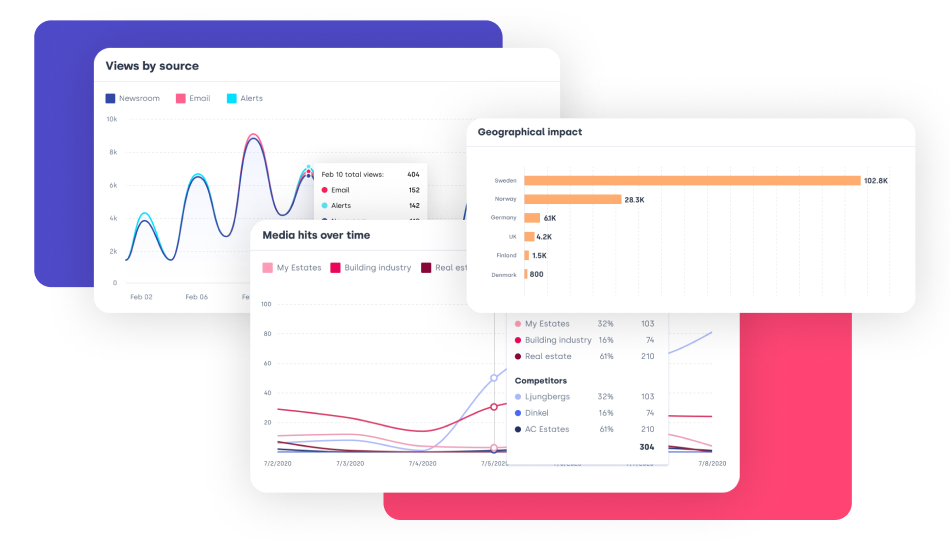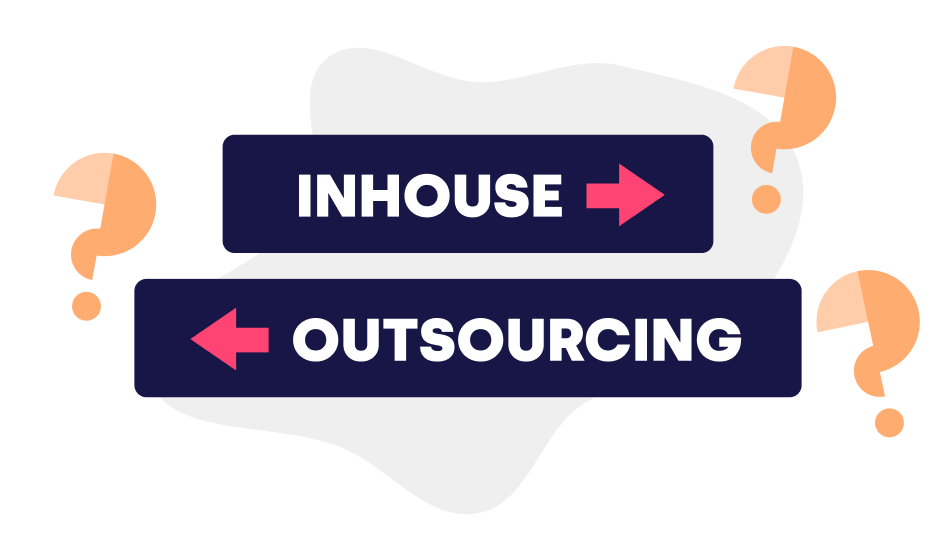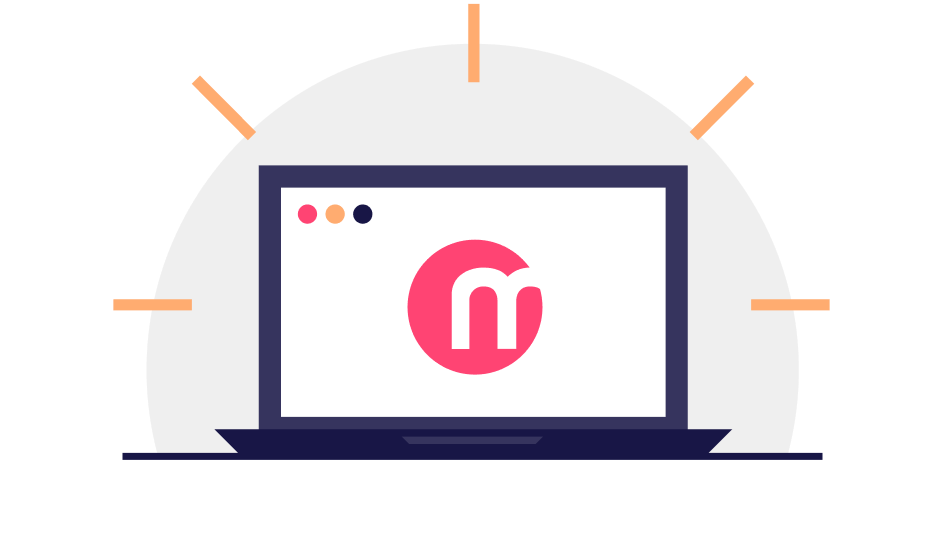How to create a PR budget

Crafting a PR budget, whether for a single campaign or the entire year, can be challenging. However, with the right approach, you can maximize your investment and drive impactful results. In this post, we’ll walk you through essential steps to build a PR budget that supports successful public relations efforts. (Believe it or not, budgeting can even be an enjoyable process!)
Planning a PR budget is a critical step in ensuring the success of your public relations efforts. It allows you to
- Allocate resources effectively.
- Set measurable goals.
- Measure the impact of your PR campaigns.
Honestly, aligning your PR budget with your objectives is crucial for maximizing your ROI—it’s practically invaluable. In this blog post, we’ll share essential tips on how to create and optimize your PR budget effectively.
Assessing Your PR Needs: How to Set the Right Objectives and Priorities
Before diving into budget planning, it’s essential to identify your PR needs and set clear objectives. What do you aim to achieve through your PR efforts?
Improve brand visibility?
Launch a new product?
Improve stakeholder relations?
Knowing what to focus on and which objectives to set can be challenging. While your management may have defined the overall goals for your company and department, your primary task is clear:
Start with the data!
What does your target audience truly want? Which activities have been most successful in the past?
Identify the activities that have generated the highest engagement on social media, driven the most awareness and traffic, and the campaigns and press releases that have generated the most media coverage, etc.
This data should be your guiding star. It highlights what to prioritize. But where can you find it?
The simplest way is to dive into your PR/Marketing platform—whether it’s HubSpot, Mynewsdesk, Meltwater, or another market-leading tool. Review the reports and let the numbers speak for themselves.
For example, Mynewsdesk offers a complete brand report that, with just a few clicks, automatically generates an AI-powered analysis of your brand’s performance across all channels, including the value it has generated. You can try it for free and generate a free brand report for your brand, available in Sweden, Norway, and Denmark.

By leveraging this data, you can prioritize and plan effectively, ensuring that you’re aligned with what your customers truly want and need.
These priorities will serve as a foundation for your budget allocation. Make sure to clearly define your PR objectives and establish key performance indicators (KPIs) to track your progress and measure success.
Break Down the Budget
To ensure comprehensive coverage, it’s important to break down your PR budget into specific categories.
Common categories include:
- Media relations
- Content creation
- Events
- External agency fees
- PR platforms or software
Allocating a percentage or fixed amount to each category will help you manage costs effectively and prevent overspending.

To be more specific, here’s a template to guide you:
-
Media Relations:
- Press release distribution fees
- Media monitoring and analysis tools or services
- Media database subscriptions
- Media pitching and follow-up activities
- Press kit development and distribution
-
Content Creation:
- Copywriting and editing services
- Graphic design for visual assets (infographics, images, videos)
- Content licensing or stock photo/video purchases
- Website or blog content development
- Social media content creation
-
Events and Sponsorships:
- Event planning and coordination expenses
- Venue rental and setup costs
- Audiovisual equipment rental
- Event promotion and marketing materials
- Speaker or influencer fees
- Sponsorship fees
-
Influencer Marketing:
- Identification and engagement of relevant influencers
- Negotiating and executing influencer partnerships
- Sponsored content creation and distribution
- Product or service samples for influencers
- Performance tracking and reporting of influencer campaigns
-
PR Agency or Consultant Fees:
- If you are outsourcing PR activities, you may incur costs for agency services or PR consultants. These fees can vary based on the agency’s reputation, experience, and scope of work.
-
PR Tools and Software:
- PR platforms or media monitoring tools
- Social media management and analytics tools
- Email marketing software for PR outreach and communications
-
Research and Market Analysis:
- Conducting market research and surveys
- Competitive analysis and monitoring
- Data analysis and reporting tools
-
Miscellaneous Expenses:
- Travel and accommodation costs for media tours or events
- Membership fees for industry associations or organizations
- Contingency funds for unexpected expenses or opportunities
In-House vs. Outsourced PR: Which is the Better Choice?
In recent years, many companies have shifted PR activities back in-house. It’s important to assess whether your team has the necessary capabilities to manage all PR tasks internally or if outsourcing certain functions would be more effective.
While hiring freelancers, PR agencies, or consultants can be cost-efficient, leveraging a modern PR tool might allow you to keep more activities in-house and further reduce expenses.

If you need external help, start by thoroughly researching which activities offer significant PR value and align with your objectives. Next, understand the average costs associated with various PR tasks.
This will provide insights into typical expenses for media relations, content creation, events, influencer collaborations, social media management, and other PR components, helping you use external resources in the most cost-effective way.
Want to learn how to manage PR on a budget? Download our checklist, ‘5 Tips for Doing PR on a Budget,’ here.
The Need for a PR Platform
Investing in a reliable PR platform, such as Mynewsdesk, can streamline your PR efforts, increase efficiency, and maximize your budget’s impact.
Here are a few key benefits:
- Media Monitoring: Track mentions, analyze sentiment, and measure the success of your PR campaigns to make informed, data-driven decisions.
- Distribution and Publishing: Leverage AI to target and reach the right journalists with the right message at the right moment, fostering valuable relationships and improving your online presence.
- Analytics and Reporting: Measure key metrics, track ROI, and optimize your PR strategies with data-driven insights.
A reliable PR platform not only saves you time and supports your creative work but also provides the data-driven insights necessary to plan smarter and focus on what works best.

Expect the Unexpected When Budgeting
Unexpected expenses or opportunities are a given in PR. It’s crucial to allocate a portion of your budget for contingencies to handle unforeseen circumstances, such as crisis management or last-minute media opportunities.
Building flexibility into your budget planning allows you to adapt and seize advantageous opportunities as they arise—and they will, we assure you.
Creating an annual or campaign-specific PR budget is essential for achieving your communication goals effectively. By following the steps in this blog post, you can allocate your resources wisely and maximize your PR impact.
Looking for concrete tips on managing PR on a budget? Check out our free guide: Checklist: 5 Tips for Doing PR on a Budget.
Download Your Free Guide for PR on a Budget